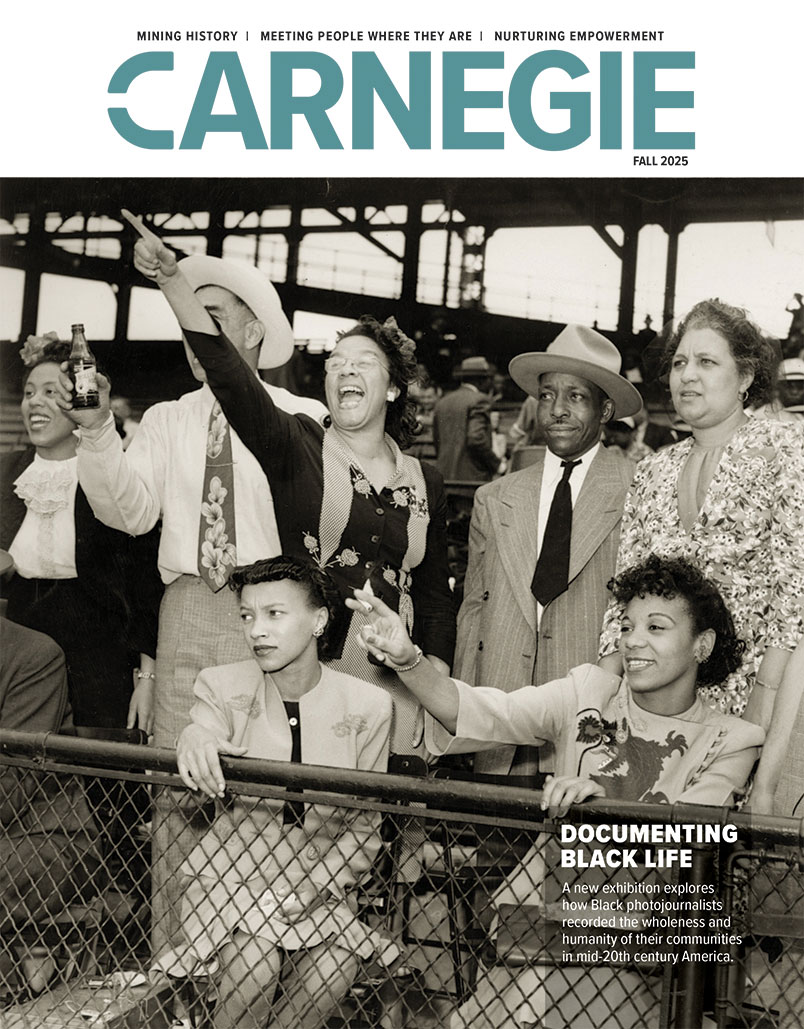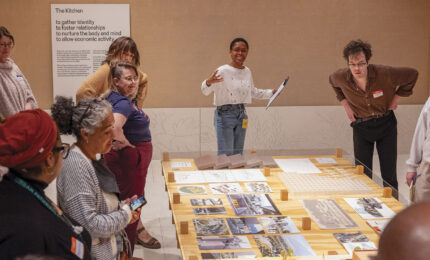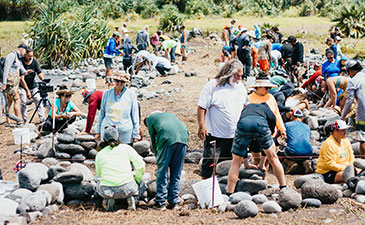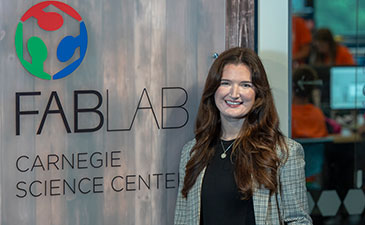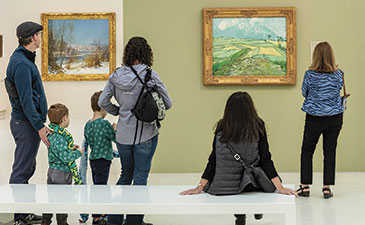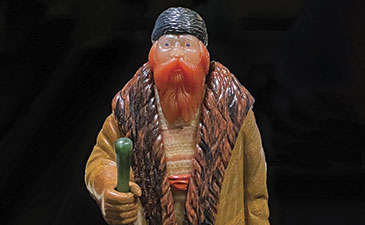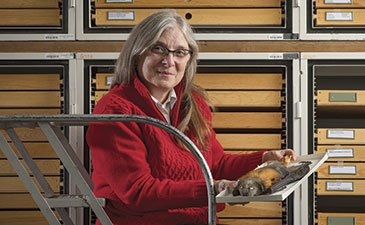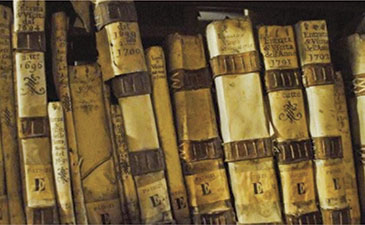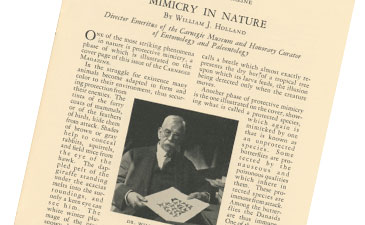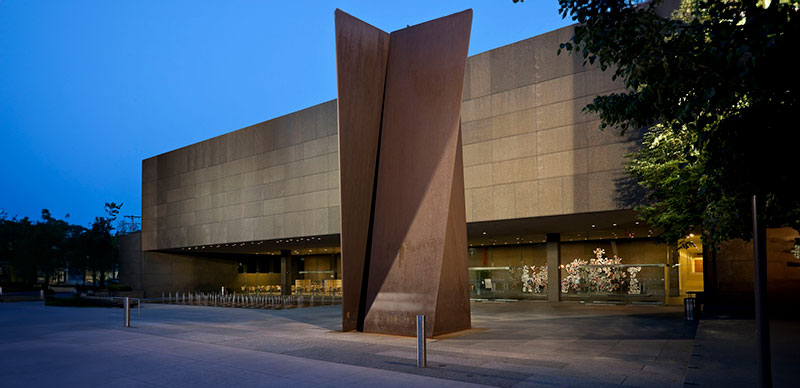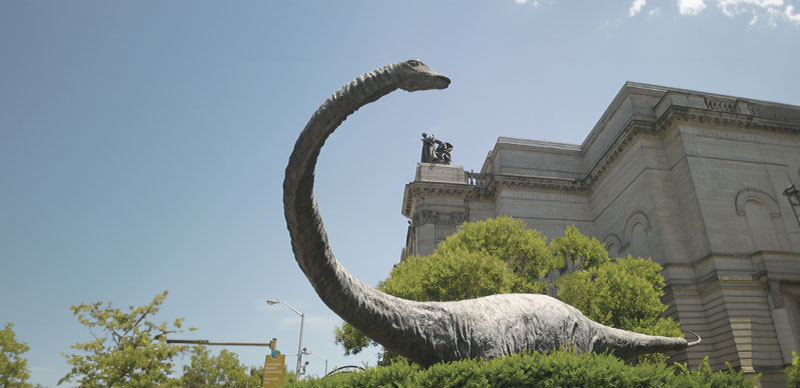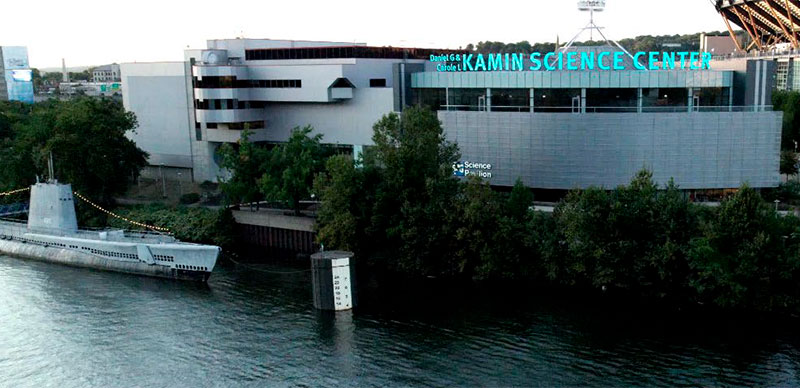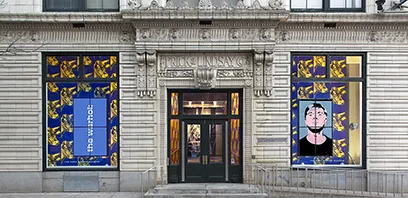Fall 2025
Cover Story
A pioneering exhibition at Carnegie Museum of Art explores a rich archive of Black photojournalism in mid-20th century America.
Featured Stories
Mining History
The conservation of thousands of letters written in the Museum of Natural History’s infancy reveals new chapters in the story of one of the world’s great museums.
Connecting People and Science When It Most Matters
Already a trusted resource for science learning, the Science Center aims to be a real-time information source on topics affecting us all.
Nurturing Empowerment
Carnegie Museum of Art’s Empowered Educators lifts teachers up by bringing them together.
Also in this Issue
Printmaking with Purpose
Through screenprinting, The Warhol empowers youth to explore identity, expression, and community action.
Mending Land, Healing Culture
A Hawaiian land steward brings the story of indigenous fishpond restoration to Carnegie Museum of Natural History as part of the R.W. Moriarty Science Seminars.
Q+A: Shannon Gaussa
In conversation with the Associate Director of Learning and Engagement at Carnegie Science Center.
A Path Forward
One donor wants to expand access to the therapeutic effects of visiting the Carnegie Museums.

Big Picture
On September 4, 1990, USS Requin arrived at the shores of the Ohio River outside Carnegie Science Center where it has been moored ever since. Commissioned on April 28, 1945, as a Standard Fleet Submarine, the vessel now educates hundreds of thousands of visitors about life and science aboard a submarine in the mid-20th century.
